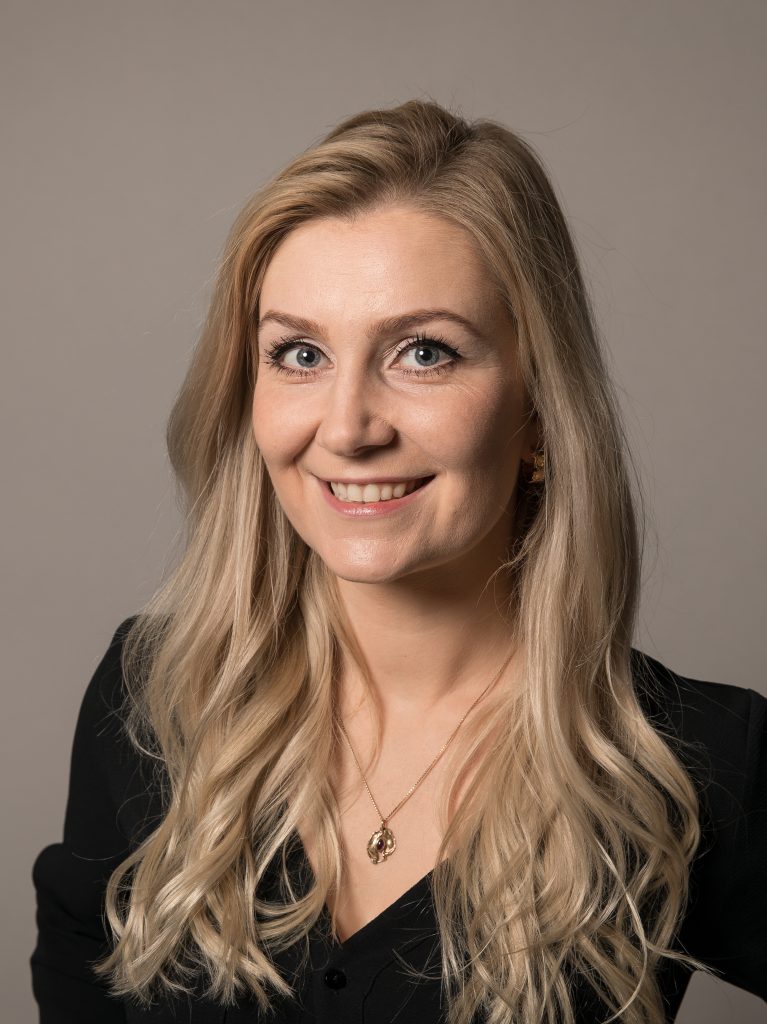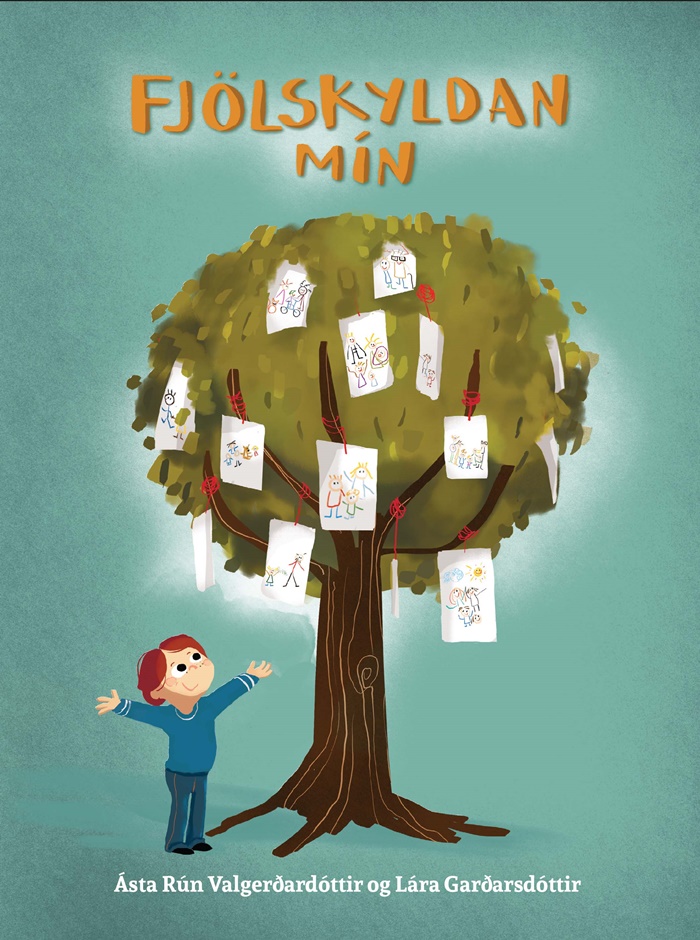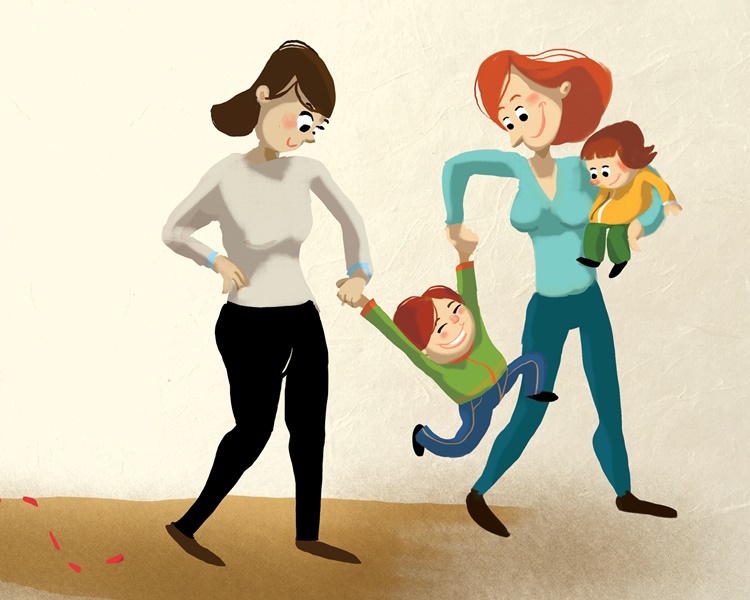“My family” (Fjölskyldan mín) is a new children’s book about different family structures. The book is the debut effort of Ásta Rún Valgerðardóttir, who draws from her own experience of raising a child in a same-sex relationship. GayIceland asked Ásta about her new book and how children react to the concept of same-sex parents.

“The story is about a young boy, Friðjón, who has two mothers. At a family day in kindergarten Friðjón and his friends talk about what families have in common and how they can be different. It celebrates the diversity you can find in modern families. The subject matter is educational, but the story is entertaining,” explains Ásta, when asked about the story, adding that the book aimed at children between the age of 2-7.
This is your first book. What made you want to write it?
“Well, the idea for the book came to me gradually from the time I was pregnant and over the first couple of years after my son was born. I started looking for books to read to him and it surprised me how few I found where homosexuality appears, especially gay parents. There’s a lot of well written and entertaining children’s books, but I felt the genre lacks this. So I had this idea for a long time. Then, last New Year’s Eve, my wife Gunna Dóra and I were deciding our goals for the year and I decided to write and publish the story. My thinking was that more parents would want to be able to read their kids books featuring gay parents.”
“There’s a variety of families presented in the book and I hope the message comes through that no one type is better or worse than any other.”
So is the story based on your own experience?
“Yes, definitely. My positive experience, in fact, since I’ve never faced prejudice myself for being with a woman or my son having two mothers,” says Ásta and mentions that it’s for example lovely to tell children that her son has two mommies, because they usually have no particular response to it. They just think it’s a regular thing. “And since it’s rather the adults who are surprised by the idea or find it weird, I also want to help the ones who read my book with their kids to understand that same-sex marriage families are like other families. We’re parents who love our kids and want the best for them, just like all other parents. So this book is not at all aimed only at kids or same-sex parents.”
Do you touch on other family structures in the book?
“Yes, for example one kid has a foreign mother, another has divorced parents, while others talk about their pets. There’s a variety of families presented in the book and I hope the message comes through that no one type is better or worse than any other.”

Do you think children are generally receptive to diverse family structures?
“I don’t think they’re consciously thinking much about it. But my son sometimes tries to find a second mommy in the pictures when we read books together, so he seems to keep an eye out for his own family structure. Sometimes I’ll change the text for him, so there’s two moms instead of a mom and a dad. Because that’s what children are most often presented with in books or on TV, i.e a family consisting of a mom, a dad and one or more children. While there needs to be varied material for kids is so they can see themselves in it. Which is something that could also increase the chance that they hold on to this level of tolerance and lack of prejudice which we see in children.”
“I also want to help the ones who read my book with their kids to understand that same-sex marriage families are like other families. We’re parents who love our kids and want the best for them, just like all other parents.”
Ásta says she thinks it’s important that kids are educated about society in a constructive way and a book like My family gives adults a chance to talk to children in a way that doesn’t feel forced. “It could feel stilted to sit down with a young child and say “now we’re gonna talk about how families can be different”. That’s why it’s so helpful for parents and teachers to have tools like this book to open a dialogue. Then the kids can ask if they have any questions.”
Is there anything specific to keep in mind when discussing these issues with children?

“The most important thing might be to not expect them to have the same attitudes as us. Speaking about things in a way which makes them feel like we consider them regular. Adults tend to complicate things, which is something I battled with while writing the book.”
What do you think are generally the qualities of a good children’s book?
“A good children’s book needs to be entertaining and interesting to the child. It has a constructive message, so the child can learn something about itself and its environment, without it being presented in a too obvious of a way.”
Going back to your own book. Have you tested it out on a young audience yet? What do they think about the main character having two mommies?
“I’ve read it to my son and a few other children and they’ve all shown interest in the story. They don’t think it’s strange that he has two mommies. They’re much more interested in the dog in the story or the dad who farts a lot. I expect most kids will take it that way. Friðjón having two mommies isn’t even much of a central thing in the book. The family is just presented like any other.”
The book’s release will be celebrated this Saturday with a launch party at the community center of The National Queer Organization, Samtökin ‘78.



